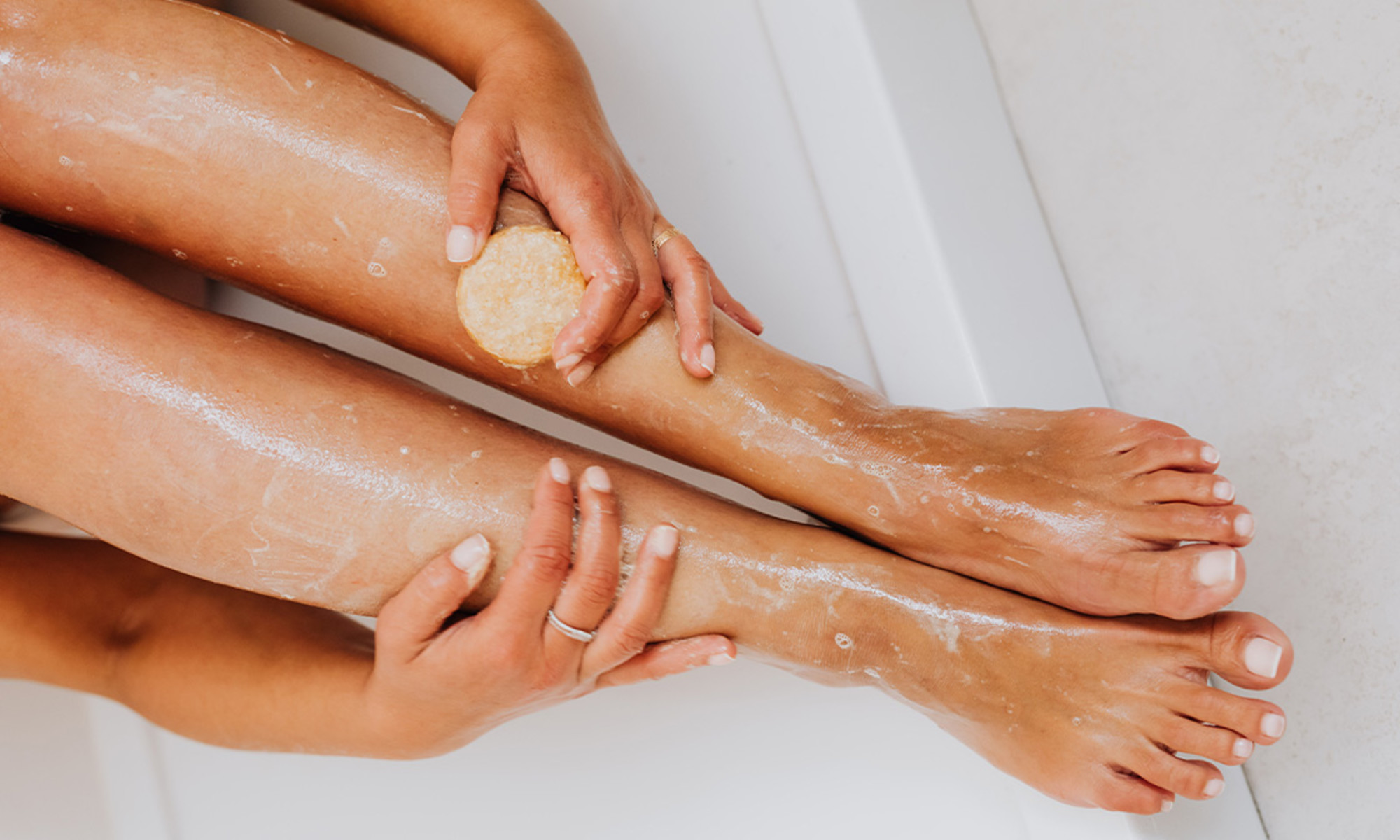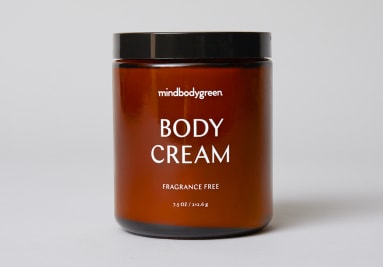A Beauty Expert's 3-Step Guide To Dealing With “Strawberry Legs”
Smooth, glowing, soft skin is the ultimate goal. Here, how to get it on your legs.


mbg Beauty Director
mbg Beauty Director
Alexandra Engler is the beauty director at mindbodygreen and host of the beauty podcast Clean Beauty School. Previously, she's held beauty roles at Harper's Bazaar, Marie Claire, SELF, and Cosmopolitan; her byline has appeared in Esquire, Sports Illustrated, and Allure.com.
Image by Karolina Grabowska / Pexels April 9, 2023 Our editors have independently chosen the products listed on this page. If you purchase something mentioned in this article, we may Smooth, glowing, soft skin is the ultimate goal. I’m constantly slather on creams and tonics in the pursuit of a glowing complexion—face and body, included. One area I particularly struggle with is on my legs. For some reason, my legs have always been quite dry, and even appear rough, splotchy, and red. While I can go months without thinking about it (ahem, the winter months), once I start to show a bit more skin, they’re top of mind. Well, a few years ago I discovered there’s a name for my skin’s appearance: Strawberry skin. It’s a fairly apt description: dotted visible pores, resembling the seeds of a strawberry. While redness isn’t necessarily part of it, it can be as it is with my skin. These teeny dots are hair follicles clogged with dead skin cells and oil, and can happen as a result of hair removal. Some folks are more prone to these than others, and I just happen to be one of those lucky individuals. 
Advertisement
This ad is displayed using third party content and we do not control its accessibility features.
Well, recently I’ve figured out how to manage it—all thanks to a superstar hydrating product, mindbodygreen’s body cream. Here, my three-step routine for dealing with strawberry legs. 1. It’s best practice to exfoliate before shaving. "Gentle exfoliation can help [loosen] the free edge of hairs that may be trapped under the skin," says board-certified dermatologist Joshua Zeichner, M.D. tells us. "This can give you a smoother shave and lower the likelihood of razor bumps or irritation." And on a practical level, you’ll just get a better shave. I like Kora Organics’ Invigorating Body Scrub, which uses mineral powder and sugar for a very gentle physical exfoliant. It’s also infused with certified organic turmeric for brightening properties. However, if scrubs aren’t your thing, there are many ways to exfoliate the legs: Dry brushing, AHA body treatments, or even an exfoliating loofah. This ad is displayed using third party content and we do not control its accessibility features. 2. Razor quality can make all the difference with your skin. I opt for razors developed for those with sensitive skin, as they cause less irritation. To find the best razor for sensitive skin, there are a few elements you'll want to look out for: multiple sharp blades (so it can catch the hairs in one glide), a flexible, ergonomic head, and some even deposit moisturizing ingredients (like shea butter) as they float over your skin. Check out our favorite razors for sensitive skin here. I’m also meticulous about swapping out my razor every 5 or so shaves—old, dull blades are not only ineffective, but they’re not great for the skin. 3. Dry, dehydrated skin can lead to strawberry skin. mindbodygreen’s body cream is whip-thick and my deep hydration dream formula. (I’ve gone through several jars already!) The buttery, rich texture feels like velvet when applying, and soaks up quickly. It’s truly an instant difference—parched skin one minute, supple the next. It’s made with botanical butters, oils, and extracts. The combo of mango, cocoa, and shea butter offer loads of fatty acids to support the skin’s moisture barrier. In fact, shea butter has been shown to seal moisture into the skin and protect the skin barrier1. One study even suggests it has similar topical effects as ceramides2—or the polar lipids naturally found in your epidermis that are responsible for sealing your skin barrier. The cream also contains loads of antioxidants. The mango seed butter is a natural source of vitamin C, the brightening and collagen-boosting antioxidant. There’s also vitamin E to fight off free radical damage and aloe for additional brightening properties. Exfoliate just before shaving.
Advertisement
Shave with a fresh, sensitive-skin safe razor.
Hydrate, hydrate, hydrate.
The takeaway.
We all have our own unique skin issues and needs from hyperpigmentation to crepey appearance to strawberry skin. For the most part, many of these concerns are harmless (meaning, they’re a relatively normal function of the skin and aren’t something to be alarmed about). However, they can certainly affect how you feel about yourself, as I know it does me. With this 3-step routine, I’m able to better manage it—and feel much better about my legs.
Advertisement
This ad is displayed using third party content and we do not control its accessibility features.

 BigThink
BigThink 

































